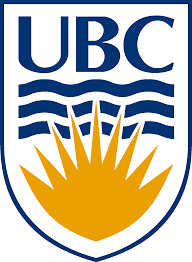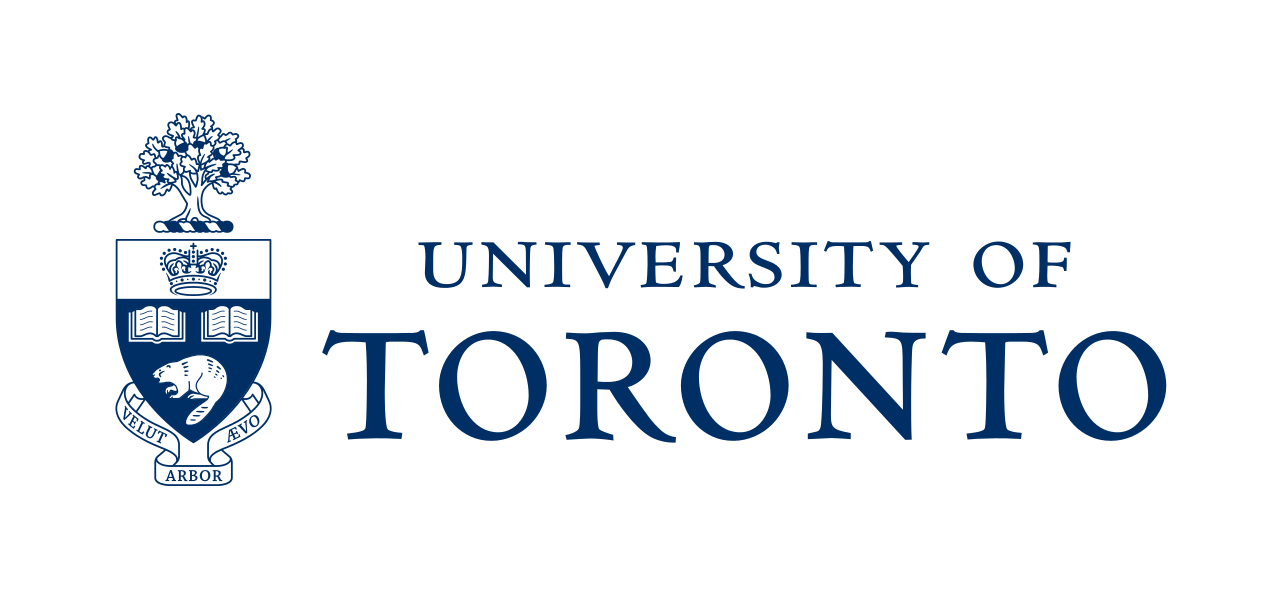Featured Speakers: Thomas Vandal, Tim Hallatt, Alexander Frias
Thomas Vandal
Thomas Vandal received his B.Sc. from McGill University in 2020. During his undergraduate studies, Thomas completed two summer internships at the Institute for research on exoplanets (iREx) under the supervision of René Doyon, Julien Rameau and Lauren Weiss. He worked on modelling the stellar pulsations of Beta Pictoris using Gaussian Processes (GPs) to enable better orbital characterization of this planetary system. He pursued this work during the first months of his M.Sc. at Universté de Montréal with René Doyon. He now works with high-resolution infra-red spectrographs, analyzing high-precision radial velocity data to constrain the mass and orbit of exoplanets around low mass stars. More recently, he also started to study exoplanet atmospheres through high-resolution spectroscopy.
Abstract Title: Dynamical Mass Estimates of the β Pictoris Planetary System through Gaussian Process Stellar Activity Modeling.
Abstract:
The young, nearby and very active star β Pictoris (β Pic) is a well-known exoplanetary system that benefits from more than a decade of direct imaging, radial velocity, and photometric data. It represents a unique opportunity to calibrate mass-luminosity theoretical models with independent mass measurements of the two known planets. In this talk, I present our recent analysis of all existing data in a self-consistent Bayesian framework. We use a Gaussian Process (GP) to model the high frequency pulsations of β Pic, which overwhelm the planetary signals in the radial velocities (RVs) of the star by several orders of magnitude. We show it can produce similar results as parametric models used in the literature, while requiring one-tenth as many parameters. We extend the RV baseline by 5 years with additional RV data that were excluded from previous analyzes. This additional coverage and the GP pulsation model allow us to constrain the Keplerian orbit and the mass of both planets from RV data only, with weak sensitivity to the choice of priors. We finally perform a joint fit of the RV of β Pic and all available relative astrometry measurements of β Pic b to characterize the system more accurately, and we find planetary masses of 11.7 ± 1.4 and 8.5 ± 0.5 MJup.
Tim Hallatt
Tim is currently finishing his Master’s degree in physics at McGill University, where he works with Eve Lee in planet formation theory. He was previously an undergraduate at the University of Western Ontario, where he worked with Paul Wiegert on the dynamics of interstellar asteroids and comets. In the future he will begin a PhD at McGill where he will continue working in the fascinating field of planet formation theory!
Abstract Title: Leveraging exoplanet occurrence rates to test planet formation theories
Abstract:
The past decade has seen a revolution in exoplanetary astronomy. With the discovery of more than ~4000 planets from the Kepler space telescope, we now have the statistical power to infer the origin of planetary systems. In this work, we study the theoretical implications of the orbital period distribution (the 'occurrence rate') of giant planets (hundreds of Earth masses, and tens of Earth radii) and their smaller cousins, sub-Saturns (tens of Earth masses, and 4-8 Earth radii). The sub-Saturn and giant planet occurrence rates both rise with orbital period out to at least ~300 days. In Paper I, we reassess the longstanding hypothesis that the giant planet occurrence rate is the result of planet formation at large distances followed by inwards ‘migration’ to final, smaller periods. We show that disk-planet interaction and gas accretion onto planetary cores conspire to make this formation scenario difficult to reconcile with the observations. In Paper II, we adopt and test the hypothesis that the increase in sub-Saturn occurrence with period is a result of atmospheric mass loss, which can transform sub-Saturns into less massive planets more efficiently at small periods. We show that the orbital period distribution can be leveraged to infer the core mass function of sub-Saturns. Because sub-Saturns and giant planets likely share the same core formation channel, our constraints on the sub-Saturn core mass function may extend to giant planets. We find that lognormal core mass functions peaked between ~10-20 M_{Earth} are compatible with the data, corroborating the core accretion theory which requires massive cores to nucleate gas-rich planets.
Alexander Frias
Alexander Frias is a TEPS Postdoctoral Research Fellow working with Dr. Regina Lee. He obtained a Ph.D. in Aerospace Engineering in 2018 from Ryerson University in Toronto, Canada. His research interest includes Spacecraft Attitude Dynamics and Control, Control of Underactuated Spacecraft Systems, Systems Engineering, and Research and Development of Autonomous Space Systems. Since 2020, Dr. Frias has been working with York University’s Nanosatellite Lab as a Systems Engineer and Lead Mechanical Engineer in the YorkU-CSA joint project to develop a star tracker based payload for RSO identification and tracking. Prior to his current position, he worked as an ACS Engineer and as an Invited Research Fellow at Korea Astronomy and Space Science Institute (KASI) in South Korea from 2019-2020, where he was part of the SNIPE Mission team to design and develop four 6U-sized cubesat flying in multi-formation to study the small-scale magnetospheric and ionospheric plasma structures. In 2018, he also worked as a Research Scientist at MSCI, Inc. located in Malton, Ontario where he helped initialize a project to design a compact and lightweight CMG-based actuator.
Abstract Title: Design and Development of a RSO Identification and Tracking Payload for Stratospheric Balloon Mission (RSOnar Mission)
Abstract:
York University’s RSOnar payload aims to demonstrate a novel approach to resident space object (RSO) identification and tracking and to validate the performance of this new technology design through simulation and in‐situ measurement.The project is divided into two missions: a stratospheric balloon mission and a low-Earth orbit nanosat mission. The first part is a technology demo in subspace environment using a stratospheric balloon. The experience gained from the balloon campaign will play a vital role in the design and fabrication of the modified star tracker flight model ready for nanosatellite missions, the second part. In this presentation, the initial concept design, RSOnar payload subsystems, system level architecture, simulation results and future plans are described.
YouTube video will be available shortly.







